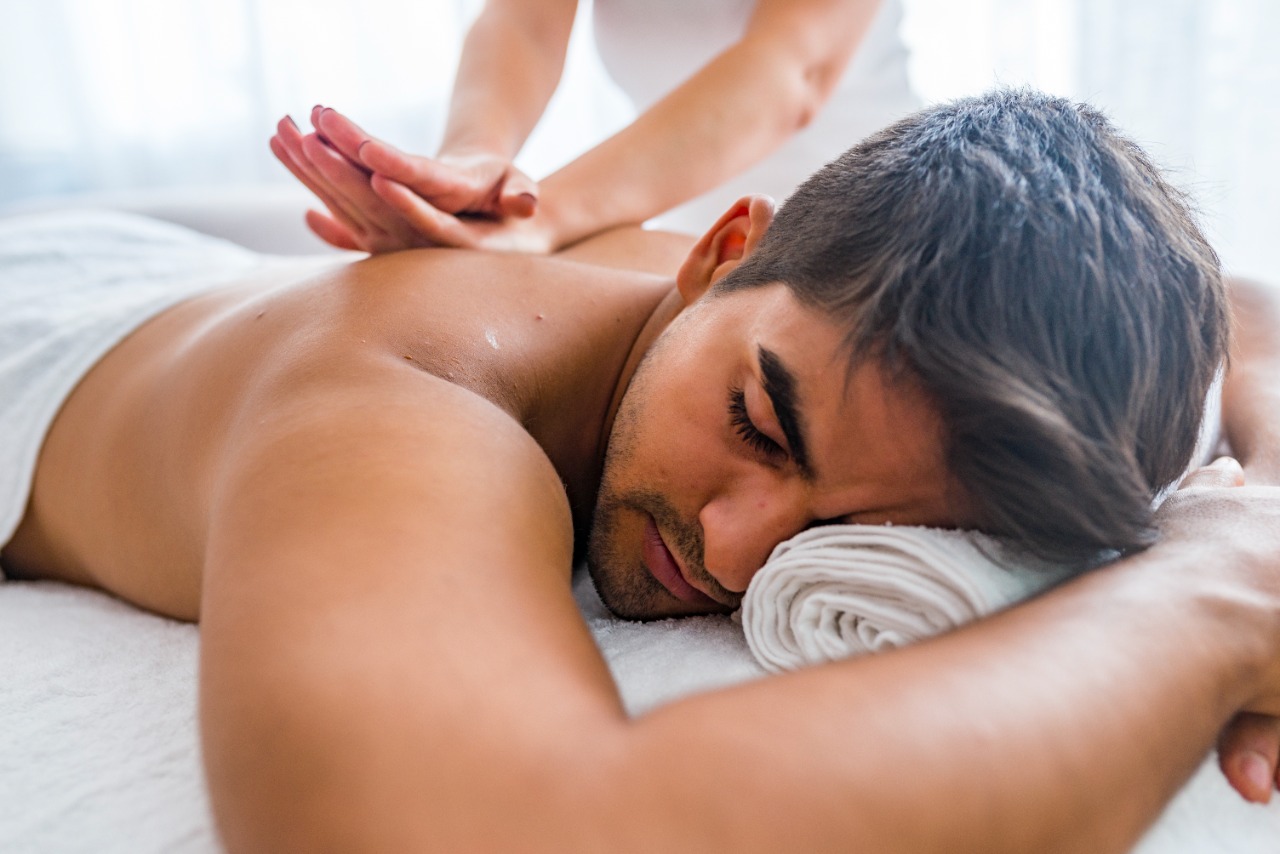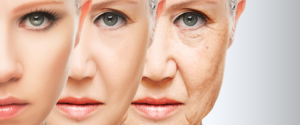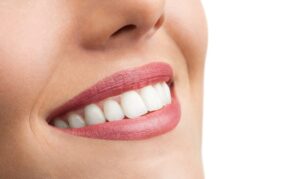Whether you are an elite athlete or a weekend athlete, you can benefit from a sports massage. Contact a massage therapist to discuss your massage needs and options.
You’re playing like you’ve never played before. Run faster. Jump higher. Dive deeper. But do you take care of your body? Do you know that you are at risk of injury? Or have you been injured, and playing through the pain? Whether you are an elite athlete or enjoy recreational sports, add exercise massage to your health routine. Massage therapists can identify tight and weak areas and provide needed rest and healing. Still not sure if a massage is right for you? Weigh the benefits so you can make an educated decision.
Muscle Maintenance
By manipulating the tissues and muscles that you use the most, a massage therapist can reduce the feeling of stress and pain so you don’t have to perform on the field or in the field. Exercise massage can increase flexibility and range of motion, which can make you less prone to injury. Massage can also reduce muscle fatigue and help muscles recover from the stress of intense activity. Tired muscles may be more prone to injury than muscles that are allowed to recover from heavy work. What is the moral of the story? Regular exercise massage can reduce recovery time between workouts while increasing the level at which your body can improve in your chosen sport.
Injury recovery
If you have been injured, you can add exercise massage therapy to your healing regimen. Make sure you’ve got your doctor’s approval, and that your massage therapist knows your injuries and the limitations of some movement. Massage may not be appropriate immediately after an injury, but it may be important to help you achieve peak performance after the acute phase has passed. Massage increases blood flow to the manipulated area, which can help tense muscles heal. Exercise massage can also help regain some of your lost movement slowly and gradually — unlike forcing the body to do what it can, which can lead to relapse or even worse.
Massage for arthritis is not new.
More than two thousand years ago, the ancient Greek physician Hippocrates wrote that “physicians must experience many things, but of course also in rubbing which can bind loose joints and loosen very hard joints.”
While the degeneration of arthritic cartilage is irreversible, massage helps reduce muscle spasm and reduces the compressive pressure associated with joint disorders. Beyond the damage to the joint tissue, there are several factors that cause arthritis pain, which are generally direct massage. These include tense muscles caused by the body’s natural response to protect aching joints by tightening the surrounding muscles, fatigue, which can cause pain to look worse and difficult to handle, and depression or stress due to limited or no longer movement. activities that you enjoy.
Muscle tension
Massage relieves tense muscles by gently coaxing the tissue to relax and lengthen. When muscles relax, pain and stress decrease, and joint mobility increases. Gentle passive joint movements, a technique that is part of a traditional 스웨디시 massage, will remind the body of the full potential movement in the joints. Long stroke (effleurage) and kneading stroke (petrissage) Swedish massage improves blood and lymph circulation in and around the joints. This cleanses the tissues of the irritating byproducts of arthritis inflammation and adds nutrition to the tissues. Better oxygenation and less stagnation counteract fatigue, and swelling is often reduced because excess fluid enters the circulatory system that can be eliminated. With regular massage, natural joint lubrication will also improve.
Tiredness and Stress
Massage relaxes the mind due to rhythmic movement’s calms the autonomic nervous system and engages the parasympathetic nervous system. The parasympathetic nervous system is a “rest and digestive” system, which is blocked when we are in the “fight or flight” stress mode of the sympathetic nervous system. Stress hormones, such as cortisol, are lowered after a massage session, while the production of natural endorphins that can relieve pain, such as dopamine and serotonin, increases. The quality of restful sleep usually increases the day after the massage. This gives the body a chance to further repair and restore energy levels.





